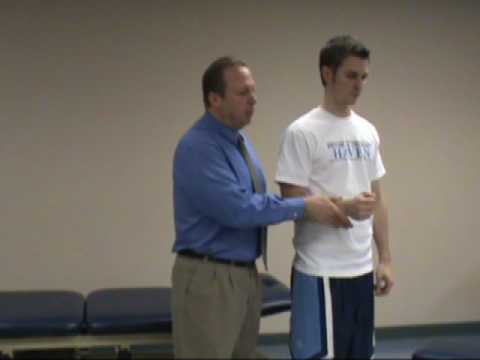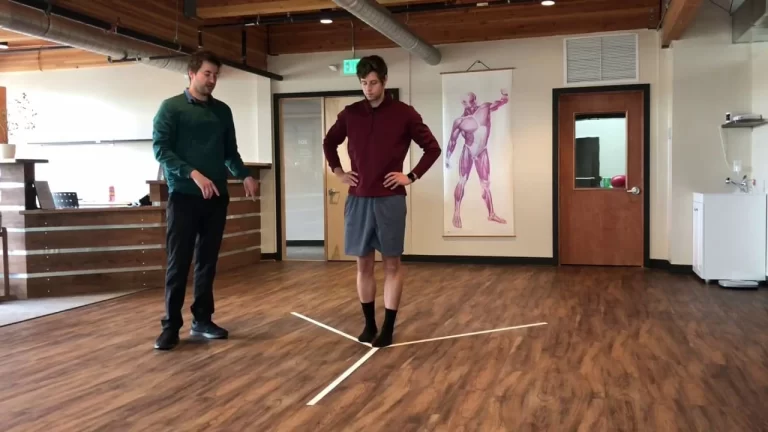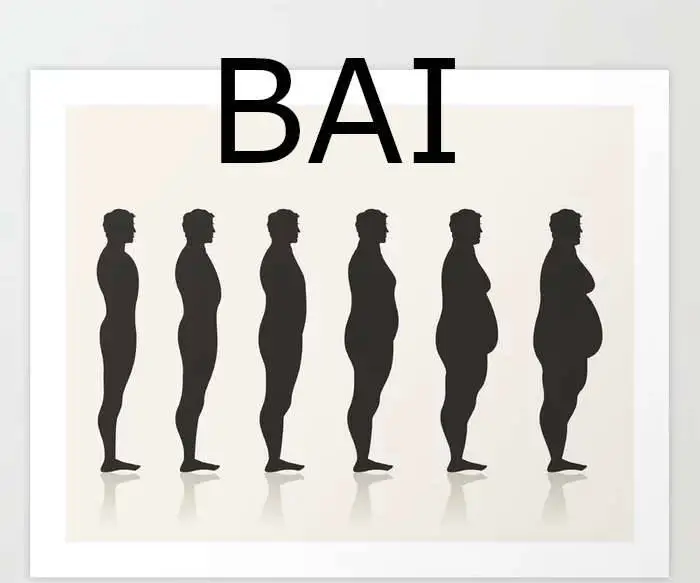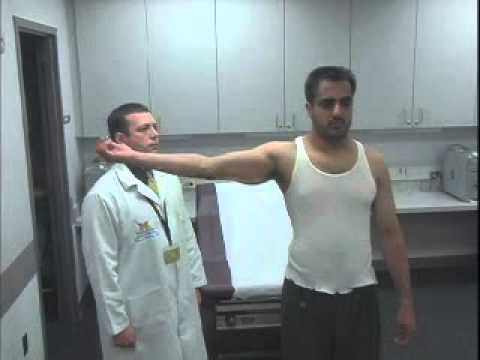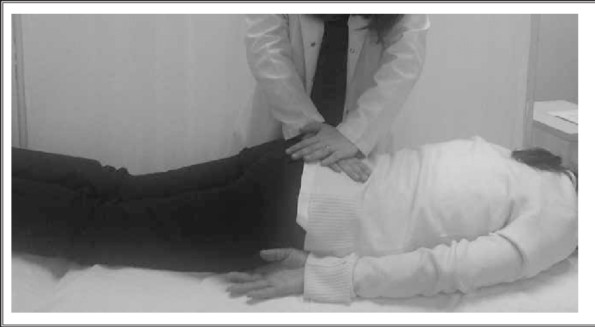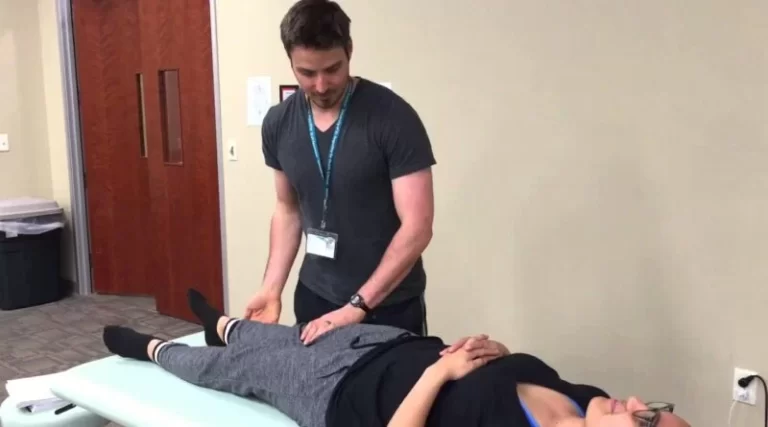Special test for the Infraspinatus Tear/ Bicipital Tendinitis
A special test for diagnosing an infraspinatus tear or bicipital tendinitis involves specific maneuvers that target the affected muscles and tendons. These tests can help identify potential injuries and guide appropriate treatment.
- The infraspinatus muscle is one of the parts of the rotator cuff muscles.
- Dysfunction of Rotator cuff muscles leads to impingement of the shoulder as the head of the humorous superiorly migrates during the arm elevation.
- The infraspinatus muscle is often involved in shoulder pathologies like shoulder impingement & rotator cuff tears.
- both tests are applied by the therapist in a clinic to check the tear of the infraspinatus muscle.
Name of the special test for the infraspinatus tear :
- Dropping sign
- Infraspinatus test
Purpose of both tests:
- Both special tests are used to check the involvement of the infraspinatus muscle in rotator cuff pathologies like rotator cuff tears or subacromial impingement.
Dropping sign:
How do you perform this dropping sign?
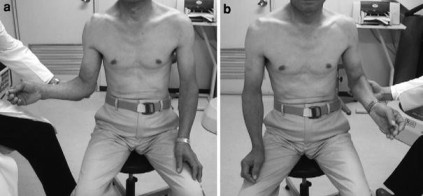
- The patient is standing with the test arm put by the side.
- The examiner stands by the test side & passively places the patient’s elbow in 90′ flexion with the arm in 45′ lateral rotation means external rotation.
- The patient is then asked to isometrically laterally rotate the arm against resistance & then relax.
- If the patient is not able to maintain the laterally rotated position & the arm drops back to the neutral position.
- Positive of the test is indicated to be an infraspinatus tear.
Infraspinatus test :
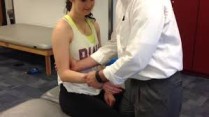
- The patient stands with the arm at the side with the elbow at 90′ & the humerus medially rotated to 45′.
- The examiner is then applying medial rotation force on the patient’s resistance.
- Pain or the inability to resist medial rotation indicates a positive test for an infraspinatus tear.
Name of the special test for bicipital tendinitis :
- Gilchrest’s sign
- heuter’s sign
Gilchrest’s sign:
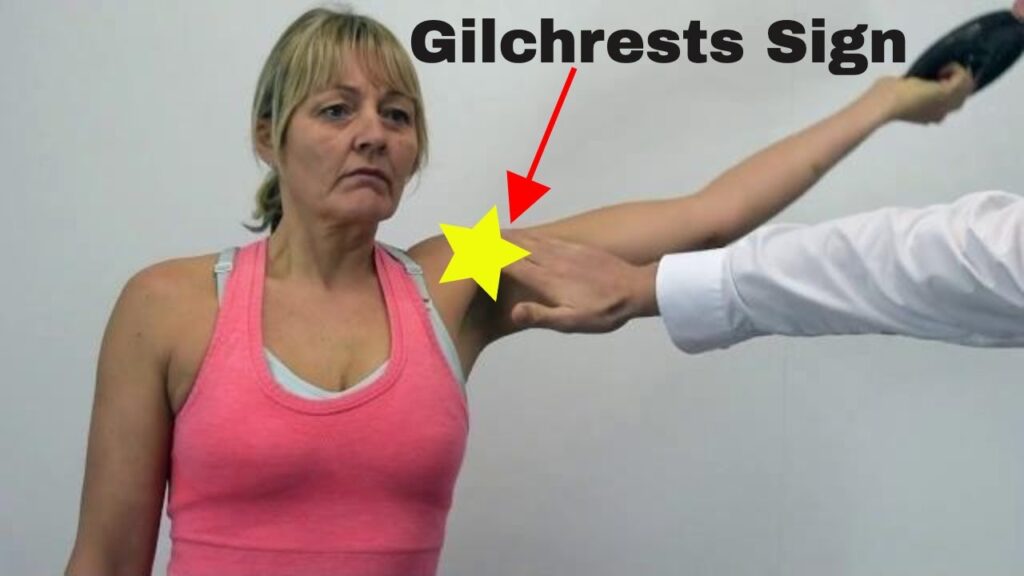
- Starting position is standing.
- While standing, the patient lifts a 2 kg to 3 kg [ 5 lb to 7 lb ] weight over the head.
- The arm is laterally rotated fully & lowered to the side in the coronal plane.
- This positive test is indicated discomfort/pain in the bicipital groove.
- A positive test indicates bicipital paratenonitis/tendinitis.
- In some cases, an audible snap /pain may be felt at between 90′ & 100′ abduction.
Heuter’s sign:
- Normally, if elbow flexion is resisted when the arm is pronated, some supination occurs as the biceps attempts to help the brachialis muscle flex the elbow.
- This supination movement is called the heuter’s sign.
- It is absent, the distal biceps tendon is disrupted.

